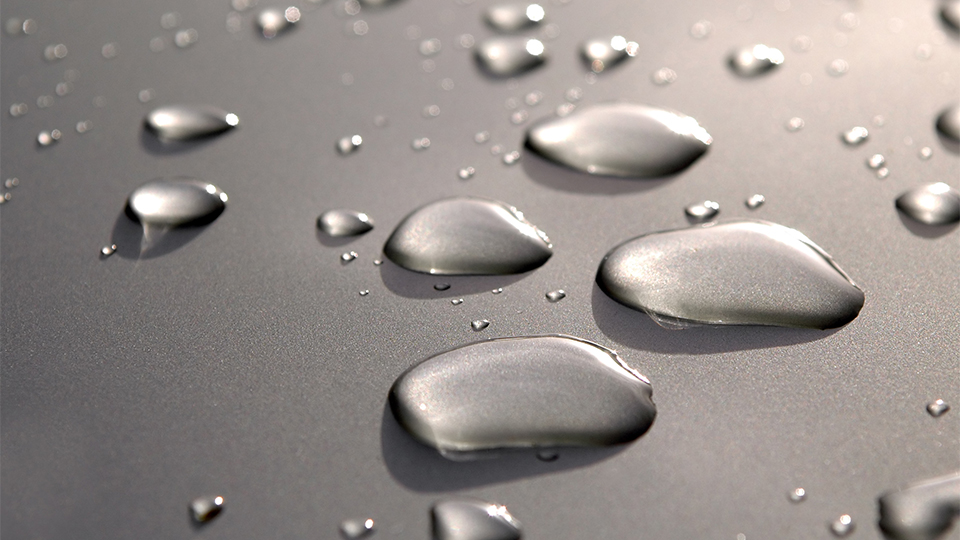Mercury with the chemical formula Hg is a metallic element that occurs in liquid state at room temperature. To stress the elementary nature, it is sometimes written Hg0. The vapour pressure over liquid mercury is already high at room temperature. To inhale air with mercury vapour is very hazardous for the health.
Mercury is in liquid phase down to -38,87 °C and the boiling point is 356,58 °C, lower than any other metallic element.
Mercury has been used in all kinds of products from thermometers, batteries to teeth fillings.
Total gaseous mercury, THg, sometimes also written as HgTOT, means the sum of gaseous elementary mercury and all gaseous mercury compounds. The latter includes mercury(II) chloride, HgCl2, also known as mercuric chloride, which is very toxic not only because of its mercury but also due to its corrosive properties. HgCl2 forms a crystalline solid at room temperature. It has a melting point of 276 °C and a boiling point of 304 °C.
Another example of gaseous mercury compounds is methylmercury, a cation with formula [CH3Hg]+ forming organic mercury compounds. In particular dimethylmercury ((CH3)2Hg), a highly volatile liquid at room temperature with boiling point 93-94 °C, is extremely toxic.
Mercury emission limits from e.g. waste incineration facilities often apply to THg rather than to Hg0 or a specific mercury compound.
